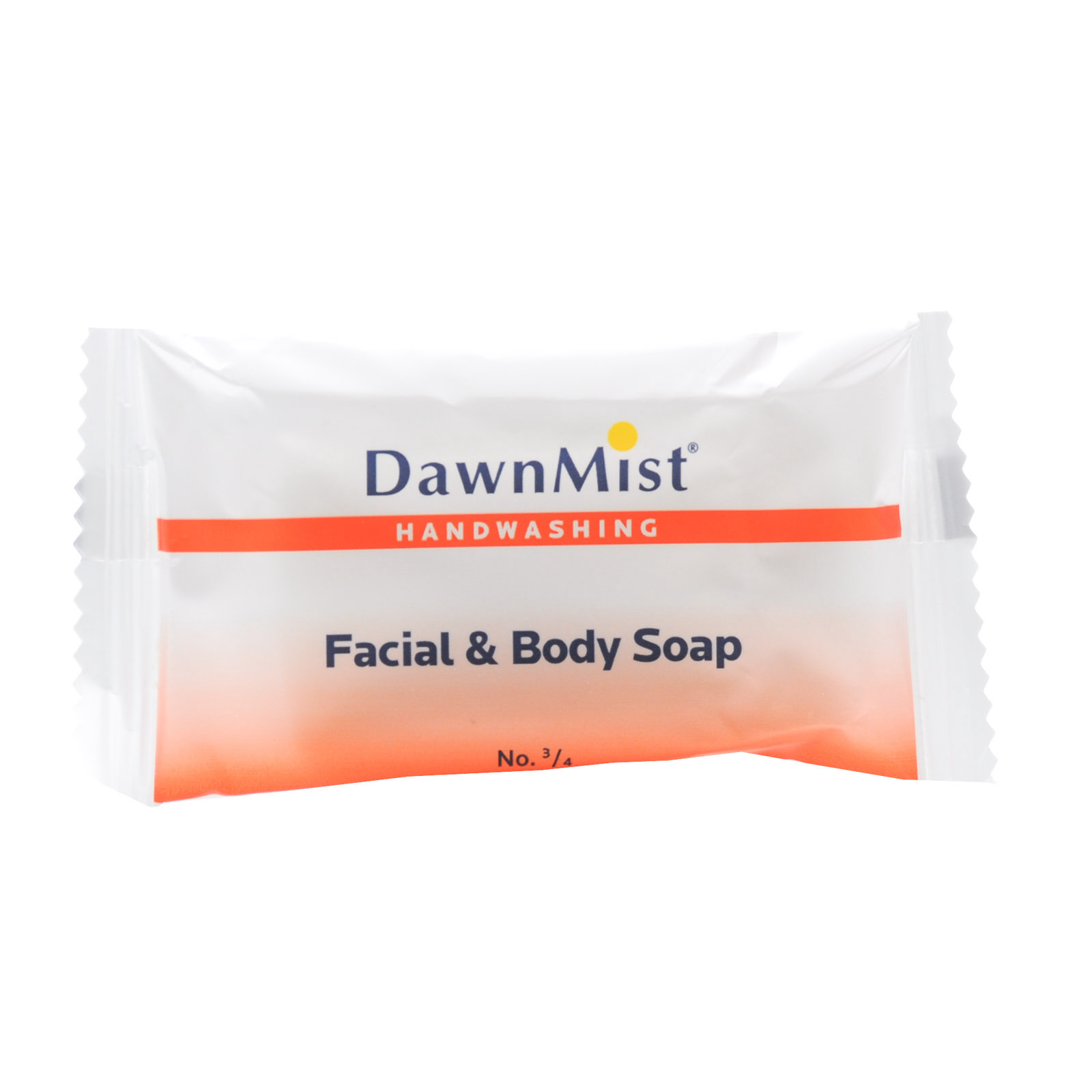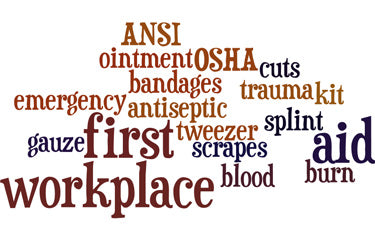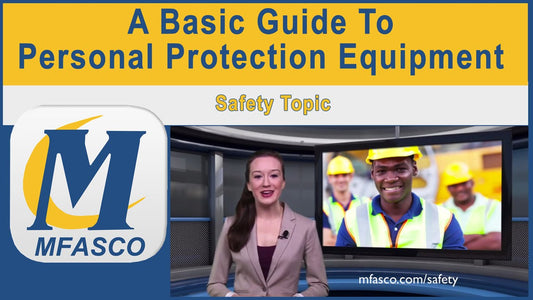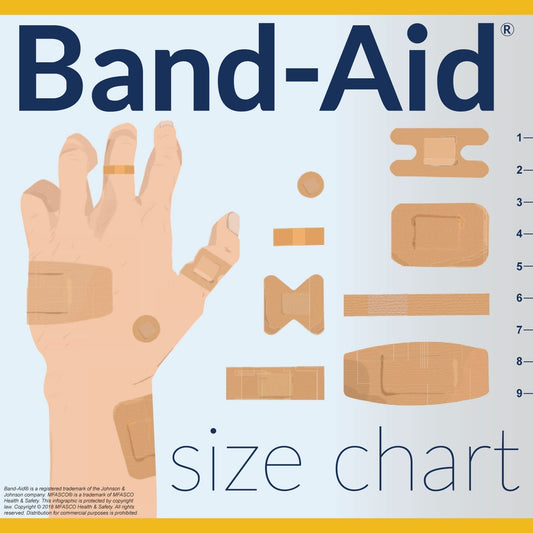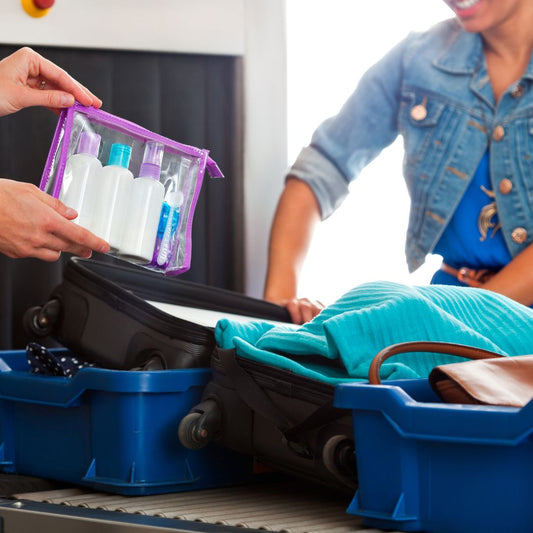5 Steps to Proper Hand-Washing & Sanitation

As cooler weather sets in, the risk of catching colds and flu rises, but don’t let the season get you down! You can help prevent the spread of these illnesses by washing your hands frequently, and the CDC recommends these five steps for proper handwashing. So here’s how to correctly wash your hands to reduce the spread of germs and your chances of catching the common cold or flu.
5 Steps to proper hand-washing help reduce sickness
1. WET YOUR HANDS -
Use clean water to wet your hands thoroughly. The water temperature doesn’t impact effectiveness, though warm water often feels more comfortable. Once your hands are fully wet, turn off the faucet and apply soap.
2. LATHER YOUR HANDS -
Apply enough soap to cover your hands, then rub them together to build up a good lather. Keep the water off while you lather. Make sure to scrub every part of your hands, including the front, back, under your nails, and between your fingers. Lathering this way helps lift dirt and germs from the skin.
3. SCRUB YOUR HANDS FOR 20 SECONDS -
Simply applying soap isn’t enough; you need to scrub for at least 20 seconds to effectively remove dirt, bacteria, and germs. Try counting to 20 or humming the “Happy Birthday” song twice to ensure you’ve scrubbed long enough.
4. RINSE YOUR HANDS -
Turn the tap back on and rinse thoroughly under clean, running water. Be sure to remove all soap residue from your hands, including under your nails, as leftover soap can irritate skin.
5. DRY YOUR HANDS USING A CLEAN TOWEL -
In a public restroom, use a paper towel to turn off the faucet after drying your hands to avoid touching the germy surface directly. Use the same towel to open the door, then dispose of it in a nearby wastebasket.
If a restroom only has an electric hand dryer, grab some toilet paper to touch fixtures or door handles as you leave. For situations without access to running water, use an alcohol-based hand sanitizer containing at least 60% alcohol.
Practicing proper handwashing is essential for public health, and it reduces your risk of spreading or contracting seasonal illnesses.
Why Handwashing Matters for Kids and in Schools
Teaching children the importance of proper handwashing helps build lifelong habits for health. Schools are environments where germs spread quickly, making frequent handwashing crucial to keeping children safe from illnesses like colds, flu, and stomach bugs. When kids wash their hands before eating, after using the restroom, and after coughing or sneezing, they minimize the transmission of germs. Schools should prioritize hand hygiene by providing accessible sinks, soap, and visual reminders to encourage students to practice handwashing regularly.
This habit not only helps prevent sickness in individual children but also reduces the overall spread of illness in classrooms and communities. Hand hygiene for children is a foundational part of maintaining a healthy school environment, protecting both students and staff.
MFASCO Hand-Washing & Sanitation Resources:
Maintaining safe and sanitary environments work environments is essential for any operating business and organization. Taking proper care of your employees includes providing hand protection when their job requires a sterile work environment. Especially when they are working with sensitive, dangerous, and dirty materials.
Here are a few of MFASCO's Hand-Washing & Sanitation Resources:
Hand Protection Products & Accessories
Work Skin Care Products
Work Glove Products
Medical Glove Products
Additional Resources for Hand Protection & Supplies
Skin & Hand Protection Basics
Dry Cracked Hands - Winter Strikes Again
A Guide to Workplace Hand Protection
Contributing Expert

Mike Brinker
Mike Brinker has been working in the first aid industry for over 35 years. He has worked with thousands of businesses,groups, and organizations to provide a healthy and safe work environment. Mike helped create “Make-A-Kit”, the internet's only online first aid kit creation tool. He has also authored many helpful first-aid and safety-related resource articles found at the MFASCO Learning Center.


